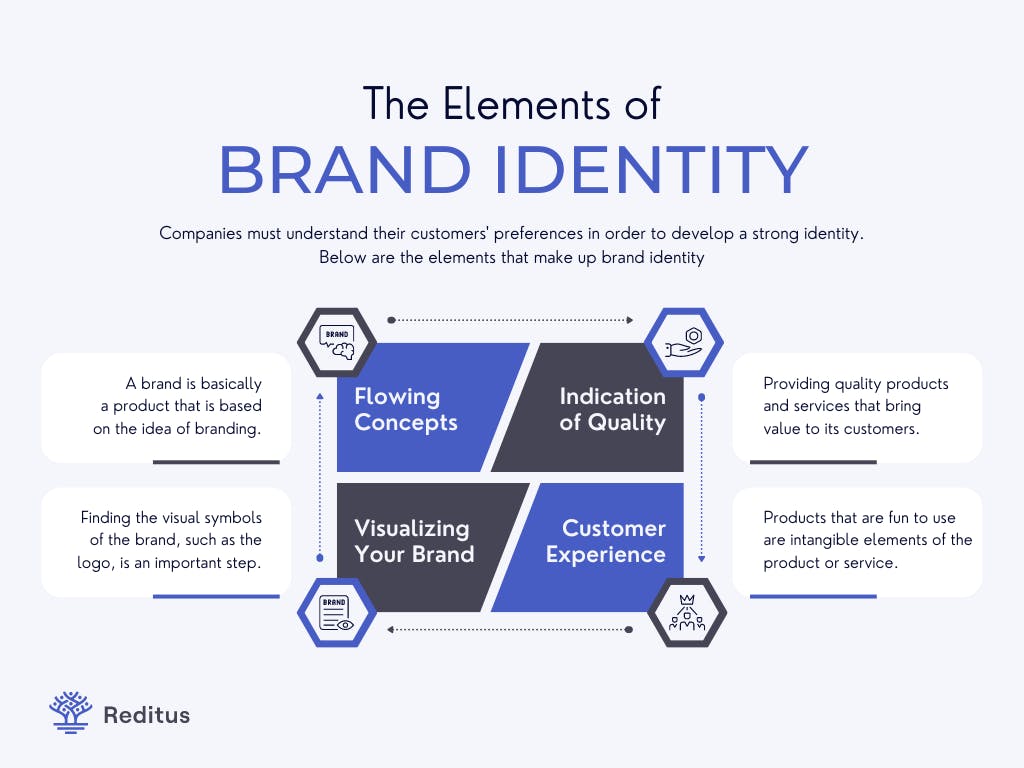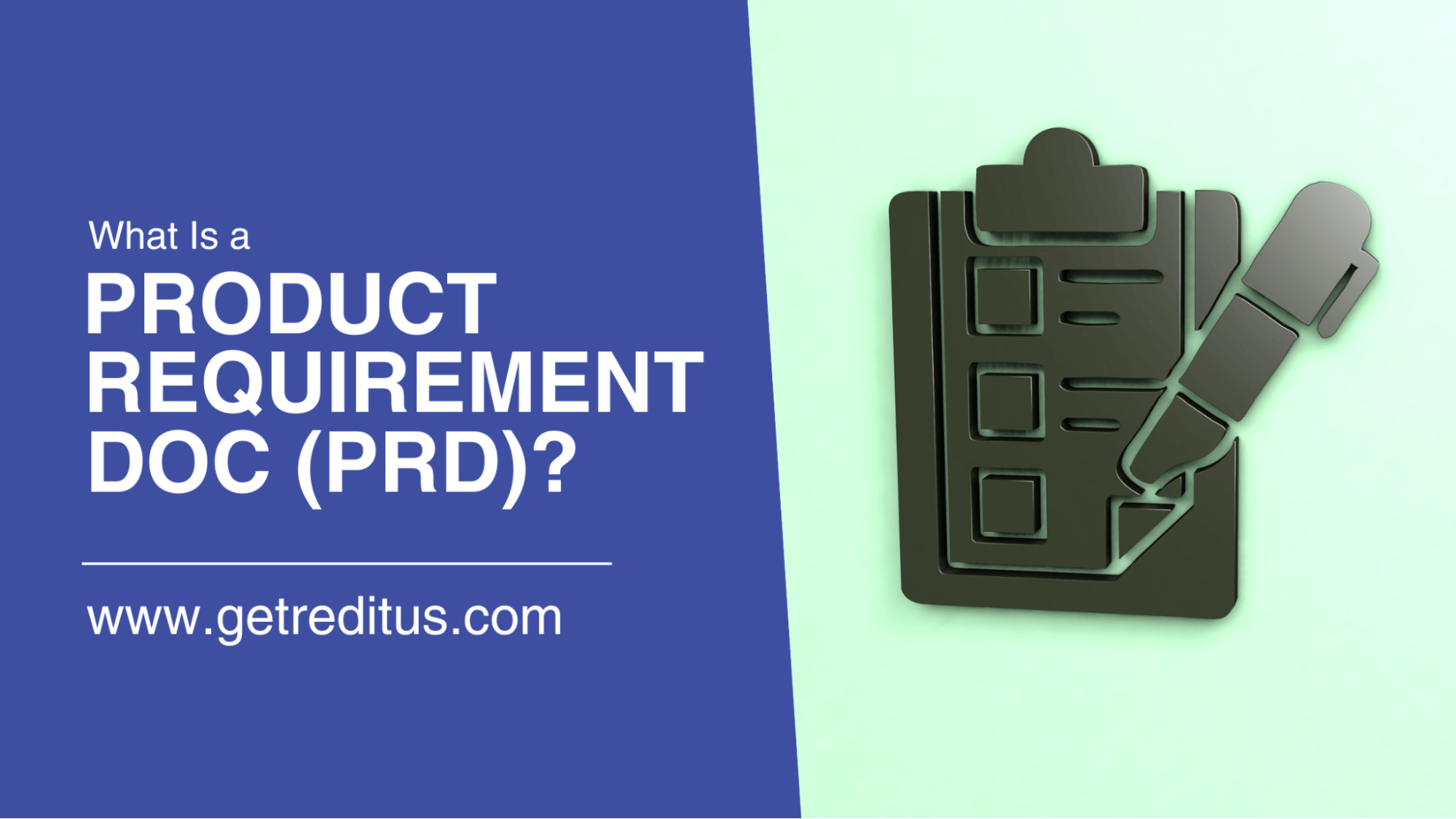The 10 Vital Elements of Memorable Product Positioning

With the increasing popularity of SaaS, the market is becoming more and more competitive. To stand out, you can't simply rely on a great product; you need to have strong product positioning.
Product positioning is how you communicate the unique value of your product to your target market. It sets your product apart from the competition and tells customers why they should buy from you.
An effective product positioning strategy will help you differentiate your product in the market and make it more memorable to potential customers.
Today, we're sharing ten vital elements of unique product positioning, but first, let's answer a fundamental question.
Table of contents
- Why Do You Need a Solid Product Positioning?
- What Are the Elements of a Successful and Memorable Positioning Strategy?
- 1. A clear understanding of your target market
- 2. A unique and exciting value proposition
- 3. A well-defined target market
- 4. A memorable and distinctive brand
- 5. A clear understanding of the competition
- 6. A focus on customer needs
- 7. Consistency across all channels
- 8. A focus on benefits, not features
- 9. Use of emotion
- 10. A focus on the future
- Conclusion
Why Do You Need a Solid Product Positioning?
Product positioning is essential for several reasons:
- It helps you focus your marketing efforts
- It makes it easier to target your ideal customer
- It enables you to craft more effective marketing messages
- It makes it easier to sell to customers
Above all, product positioning is important because it can make or break your business. In a crowded marketplace, potential customers who can't understand what makes your product unique will likely choose a competitor's product instead.
On the other hand, if you have a clear and compelling product positioning strategy, you'll be able to communicate the unique value of your product more effectively and make it more memorable to potential customers.
Think about it this way: if your product were a person, product positioning would be its identity. It's how you communicate who your product is and what it does for the world.
A product without a solid position in the market is a bit like a person without an identity. It's lost and confused and very difficult for people to understand or remember.
What Are the Elements of a Successful and Memorable Positioning Strategy?
Now that we've covered product positioning and its importance, let's look at ten vital elements of a successful and memorable positioning strategy.
1. A clear understanding of your target market
The first step to effective product positioning is to have a clear understanding of your target market.
Author of Positioning: The Battle For Your Mind Al Ries put it well:
"To be successful today, you must touch base with reality. And the only reality that counts is what's already in the prospect's mind."

Many companies make the mistake of trying to be everything to everyone. But the more targeted your product positioning is, the more effective it will be.
When you clearly understand your customer segments, you can craft a positioning strategy tailored to their needs and wants.
Take, for example, the companies MailChimp and Constant Contact. Both are email marketing platforms, but they target different markets. MailChimp's positioning is focused on small businesses and startups, while Constant Contact's is focused on more established companies.
This clear focus has helped both companies build a strong identity in the market and attract their ideal customers.
If one of these companies tried to position itself as the other, it would be confusing and ineffective. But because they each have a clear understanding of their target market, they've been able to create marketing strategies that work.
2. A unique and exciting value proposition
Your value proposition is the heart of your product positioning strategy. It makes your product unique and tells customers why they should buy from you.
A strong value proposition is clear, engaging, and relevant to your target market.
For example, the value proposition for the email marketing platform AWeber is " Deliverability You Can Depend On."
This value proposition is clear and to the point. It tells potential customers that AWeber is a reliable platform they can depend on to deliver their email campaigns.
It's also relevant to AWeber's target market of small businesses and entrepreneurs who need a platform they can rely on to get their messages delivered.
A few of the considerations you should keep in mind when crafting your value proposition are:
- What makes your product unique?
- What needs does your product meet that other products don't?
- What pain points does your product solve for potential customers?
Answering these questions will help you develop a value proposition that's clear, interesting, and relevant to your target market.
3. A well-defined target market
As we mentioned earlier, having a well-defined target market for your product is essential.
Your target market is the group of people who are most likely to buy your product. When you clearly understand who your target market is, you can craft a positioning strategy tailored to their needs and wants.
There are a few factors you should consider when defining your target market, such as:
- Demographics: What is the age, gender, location, and income level of your target market?
- Psychographics: What are your target market's interests, values, and lifestyle?
- Needs: What needs does your target market have that your product can address?
- Pain points: What pain points does your target market have that your product can solve?
By taking the time to understand your target market, you'll be able to create a positioning strategy that's more likely to resonate with them.
4. A memorable and distinctive brand
Your brand sets you apart from your competitors and helps you build a relationship with your target market.
When crafting your brand, you should consider factors such as your name, logo, tagline, overall tone, and message.
You should choose all of these elements carefully to reflect the personality of your brand and the needs of your target market.

For example, the email marketing platform Sendinblue has a fun and friendly brand targeted at small businesses.
Their brand colors are bright and cheerful, and their messaging is casual and approachable. This reflects their focus on small businesses that need an easy-to-use, affordable platform.
5. A clear understanding of the competition
To craft a compelling product positioning strategy, you need to have a clear understanding of your competition.
You should research their positioning strategies, understand their target markets, and know what they're doing well and where they fall short.
This information will help you identify any gaps in the market that you can exploit with your positioning strategy.
A few methods to research your competition are:
- Online search: Use Google and other search engines to research your competitors.
- Social media: Follow your competitors and take note of their strategies.
- Customer reviews: Read customer reviews of your competitors to see what people are saying about them.
You can also use tools like Google AdWords and BuzzSumo to learn more about your competitors and their strategies.
For instance, BuzzSumo can help you see which content is performing well for your competitors, and Google AdWords can show you which keywords they're bidding on.
No matter your method, it's essential to clearly understand your competition before crafting your own positioning strategy.
6. A focus on customer needs
Your product positioning strategy should focus on meeting your target market's needs.
Your goal should be to position your product as the best solution to your target market's problems and pain points.
To do this, you need to clearly understand your target market's needs and how your product meets those needs.
7. Consistency across all channels
Once you've developed your product positioning strategy, it's essential to ensure consistency across all of your marketing channels.
This means using the same messaging, tone, and visuals across your website, social media, email marketing, and other channels to reach your target market.
This consistency will help reinforce your positioning in the minds of your target market and make it more likely that they'll remember your product when they're ready to buy.
8. A focus on benefits, not features
Your product positioning should be focused on the benefits of your product, not just the features.
Your target market doesn't care about the features of your product; they only care about how those features will benefit them.
For example, if you're selling a new toothbrush, your target market doesn't care about the different types of bristles or the ergonomic design.
They only care about how using your toothbrush will benefit them, such as making their teeth cleaner or their gums healthier.
9. Use of emotion
Your product positioning should evoke an emotional response from your target market.
This could be anything from making them feel happy, excited, or relieved.
The goal is to create an emotional connection between your target market and your product.
For instance, OXO's positioning is about making cooking more accessible and enjoyable for everyone.
Their tagline, "Good Grips for Great Cooking," is about the emotional benefit of using their products.
Using emotions in your positioning strategy should make your target market more likely to remember your product and consider it when they're ready to purchase.
10. A focus on the future
Your product positioning should focus on the future, not the past.
You want your target market to think of your product as a solution to their future problems, not just a solution to their current issues.
For example, Apple's positioning is about how their products can change how you live, work, and play.
They don't focus on the features of their products or how they can solve your current problems.
Instead, they focus on how their products can help you in the future and the potential benefits of using them.
Conclusion
Product positioning is a vital element of any marketing plan or strategy.
It's essential to spend time developing a clear and concise product positioning strategy that meets the needs of your target market and sets you apart from your competition.
Following the tips in this article, you can create a product positioning strategy to help you achieve your business goals.

